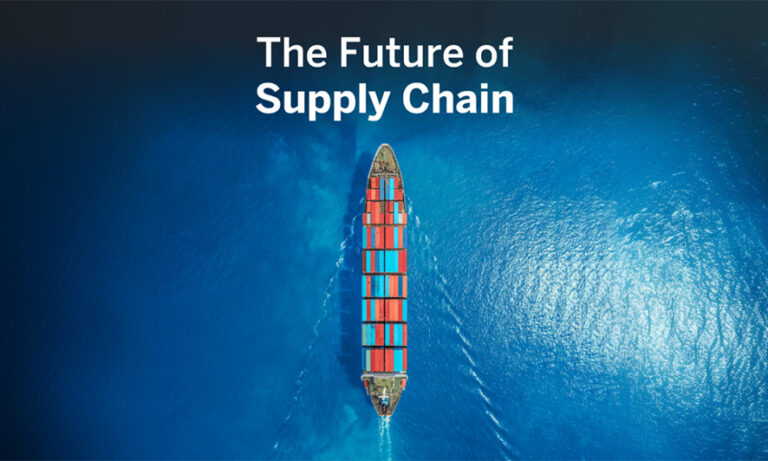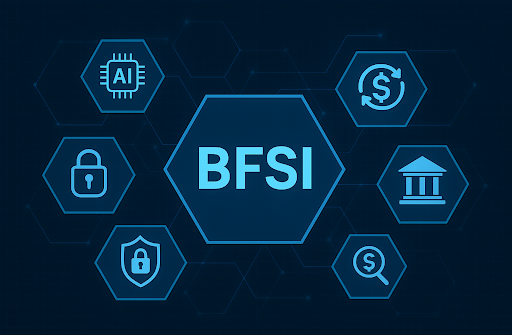The digital supply chain is no longer a distant vision—it’s happening right now, and it’s reshaping how businesses function in today’s fast-moving world. With technology advancing at an incredible pace, tools like AI, blockchain, and the Internet of Things (IoT) are revolutionizing the way supply chains operate. We’re seeing more transparency, efficiency, and agility than ever before. But amid all the excitement, there’s one question we can’t ignore: Are we actually prepared for this shift?
Let’s rewind a bit. Not too long ago, supply chains were run using outdated methods—manual data entry, limited communication between departments, and slow, error-prone processes. These systems got the job done, but they weren’t built for speed or adaptability. In today’s market, where customer expectations are sky-high and competition is fierce, those old methods simply can’t keep up.
Now, digital solutions are stepping in as game-changers. Companies can track shipments in real time, make data-informed decisions instantly, and even predict future demand before it happens. IoT makes it possible to follow a product’s journey from the factory floor to the customer’s doorstep with complete visibility. AI tools analyze huge volumes of data to improve forecasts and optimize delivery routes, reducing both costs and delays. And blockchain is introducing a new level of security and trust in transactions—every step recorded, verified, and traceable.
But transitioning into a digital-first supply chain isn’t all smooth sailing. One major hurdle is integrating these advanced technologies into existing systems. Many companies still rely on legacy platforms that weren’t designed to handle this kind of digital connectivity. Merging the old with the new takes time, money, and a solid strategy.
Cybersecurity is another pressing concern. With more data being shared across systems and partners, the risks of cyber threats grow exponentially. Companies must ensure robust security frameworks are in place to protect sensitive information—not just internally, but across the entire supply chain network.
And then there’s the workforce. Digital transformation can only go so far without the right people behind it. Many employees aren’t familiar with these technologies, and without proper training, even the best tools can fall flat. Upskilling and reskilling are essential. Companies need to invest in their teams, helping them adapt and thrive in this new digital environment.
What’s often overlooked is the cultural shift that comes with digital transformation. For organizations used to doing things the “traditional” way, change can be hard. Some employees might resist, not out of defiance, but out of uncertainty. That’s why leadership plays a crucial role—guiding the organization with a clear vision, fostering a culture of innovation, and encouraging openness to new ways of working.
Looking ahead, the possibilities are immense. As technologies continue to evolve, supply chains will become even more intelligent, autonomous, and resilient. We’re talking about predictive systems that adjust in real time, fleets of autonomous delivery vehicles, and completely digitized operations that respond to changes in the blink of an eye.
But to reach that level of advancement, companies must be willing to do the groundwork now. That means embracing change, investing in the right tools and training, and creating a culture where innovation isn’t just accepted—it’s expected.
So, are we ready for the future of the digital supply chain? The truth is, readiness isn’t a fixed state—it’s a journey. And those who commit to evolving with the times, who see disruption as an opportunity, will be the ones who lead the way in this digital era.





